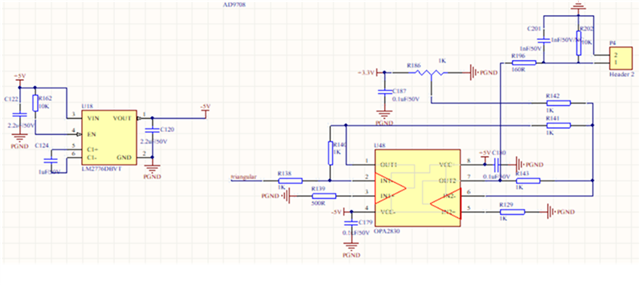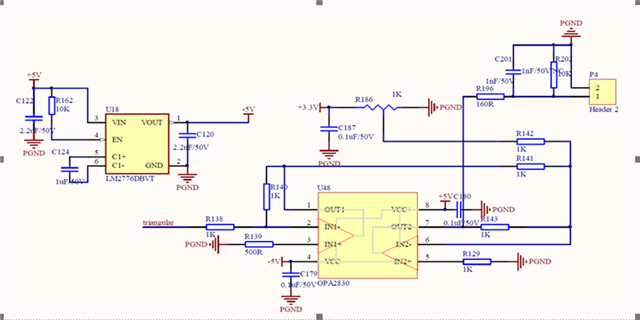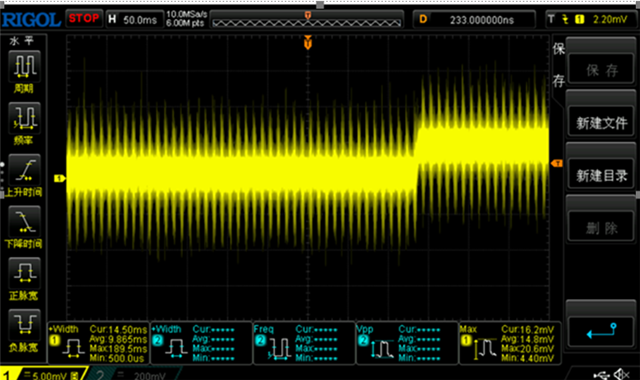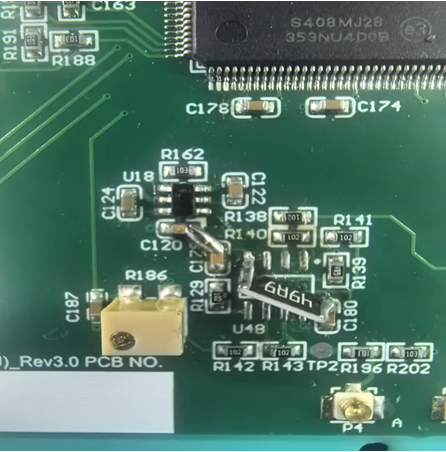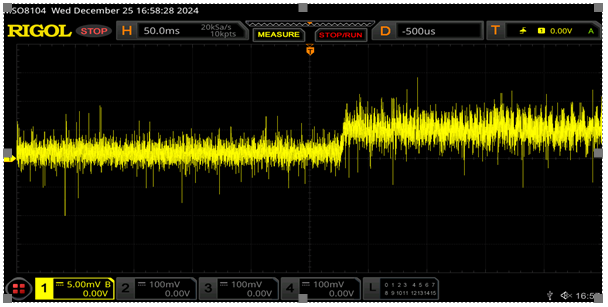Other Parts Discussed in Thread: OPA2830,
Tool/software:
hi Expert
We have encountered some problems in the circuit of TI's chip design for our production models, so I would like to ask you about it.
The details are as follows:
Use the LM2776DBVT to generate -5V to supply power to the negative terminal of the OPamp OPA2830 power supply. When the machine is powered on at a temperature above 50 ° C, the output voltage of the LM2776DBVT is abnormally 0.687V, resulting in no signal output of the opamp.
After the OPA2830 is removed, the equivalent LM2776DBVT output is not loaded, and the -5V output is normal when the machine is powered on at -40 to 70℃. The input signal is frequency 10K, pulse width 100ns and amplitude 500mV, and the output signal amplitude is 800mV.
Could you please help us analyze the problem according to the above information and the attached circuit diagram? If you need other test information, please tell me to cooperate with the test
